This is the 26th in a series of posts on the Fujifilm GFX-50S. The series starts here.
On some cameras with electronic first-curtain shutters (EFCS) and non-global all-electronic shutters, there is a difference in the quality of the bokeh between those shutter modes and the all-mechanical shutter.
Is that the case with the GFX?
I set out to find out. I set up the Fuji 120 mm f/4 native macro lens on the GFX, aimed it at a small LED light about 25 feet away, opened the lens up all the way, and defocused severely. Here is the result with the mechanical shutter and with EFCS with the LED in the middle of the frame, with only the central 1/9th of the frame shown, and the shutter set to 1/500 second:
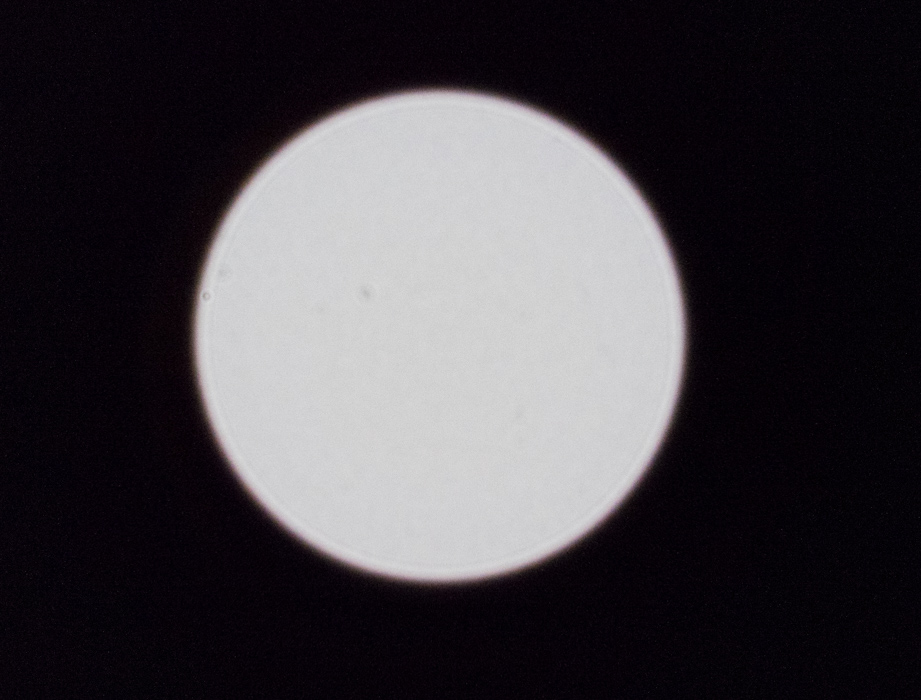
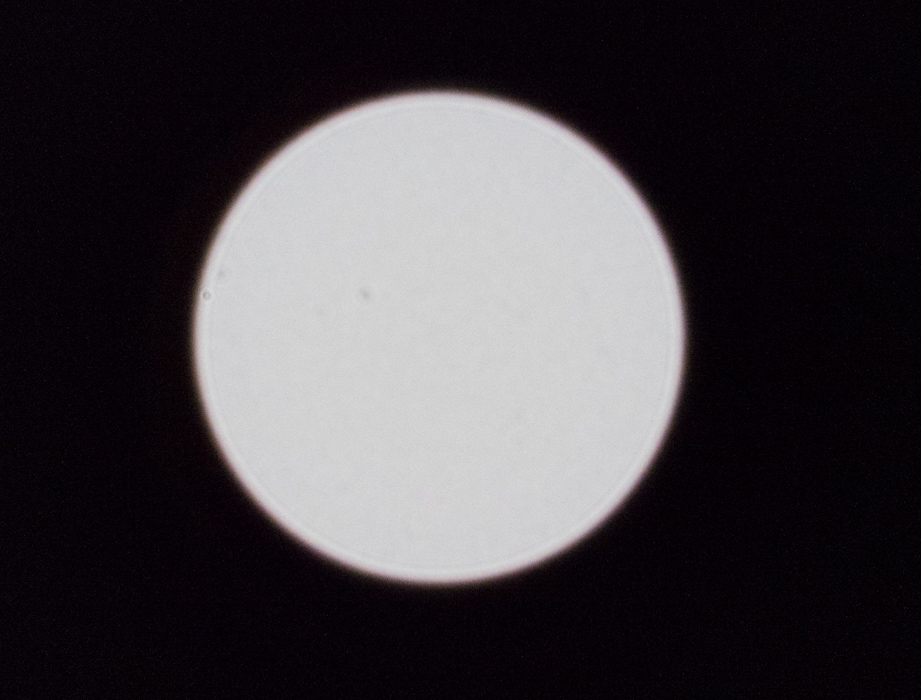
I can see no difference. But these effects are often a function of ray angle, since the root of the issue is that oblique rays can get under the mechanical focal plane shutter, but not the electronic ones. I would expect this effect to be greater in the GFX than is come other cameras, because the sensor protective glass is further away from the senor itself than in most cameras.
In the top of the frame:
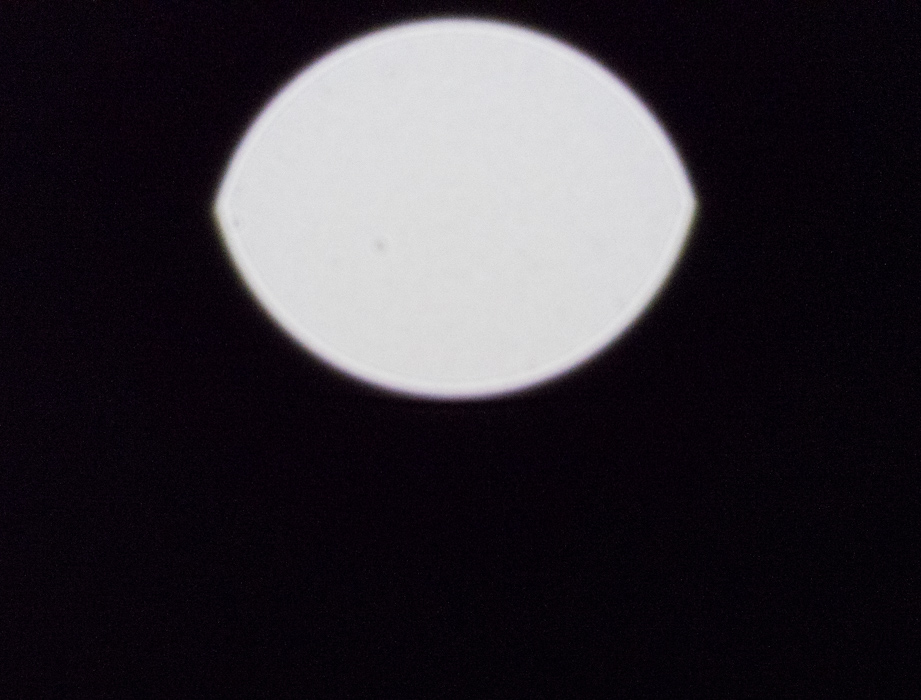
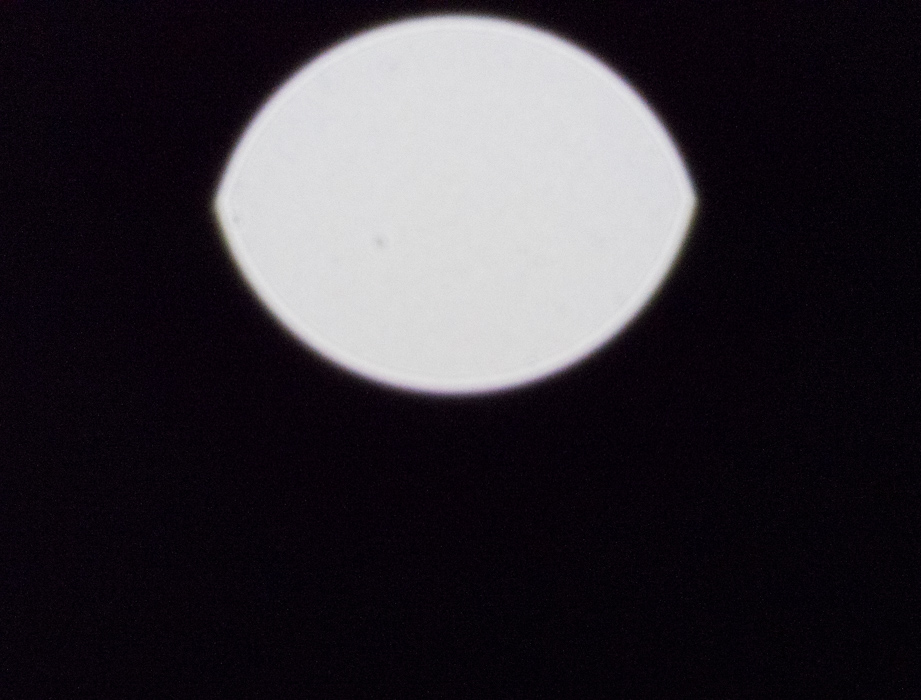
Looks fine to me.
In the bottom of the frame, with an all-electronic shutter image thrown in:
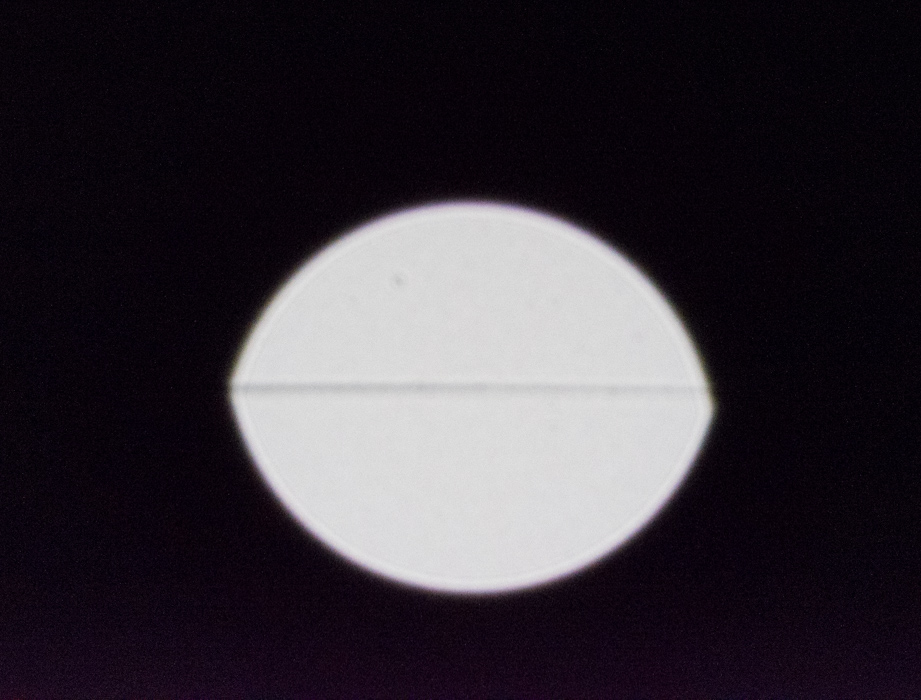
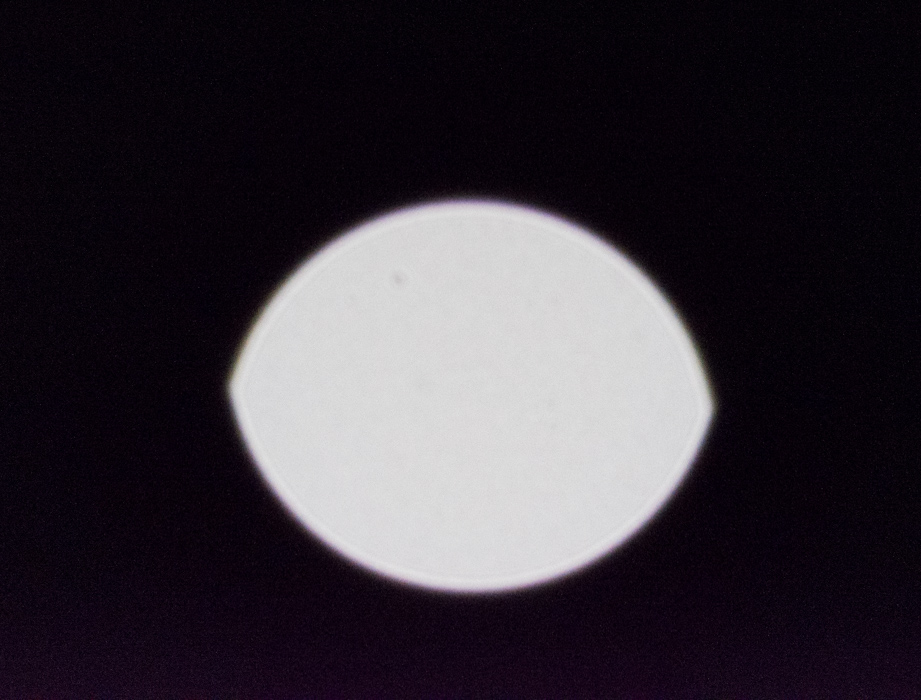
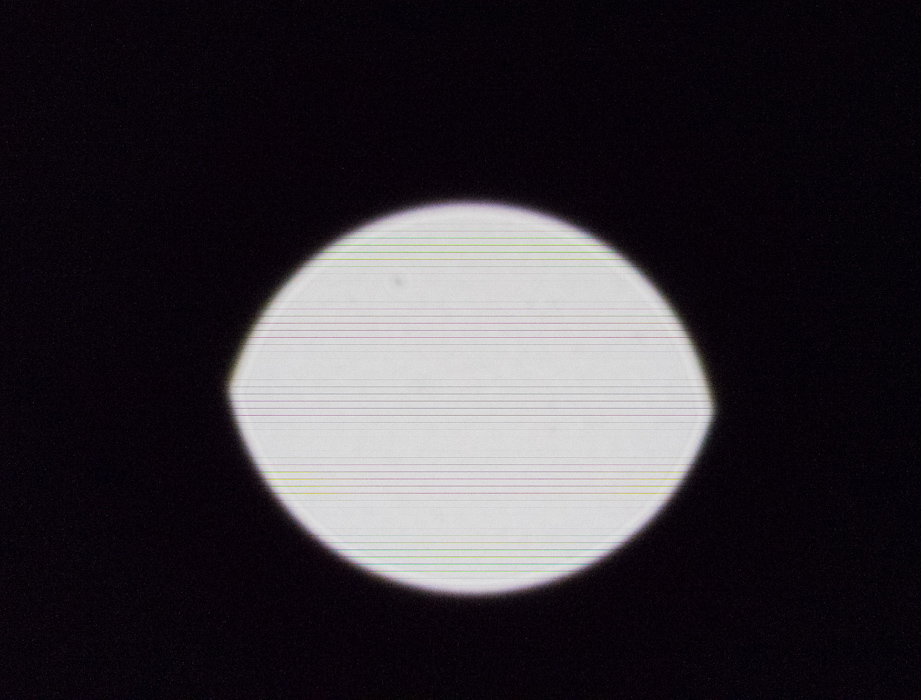
Ignore the horizontal line in the top image; that comes from time modulation of the LED by the light’s controller. Also ignore the colored stripes in the bottom image; they are an artifact of that same modulation and the slow sweep time of the all-electronic shutter.
They all look the same to me.
You are looking at the defocus blur circle of the lens. In an actual photograph, the OOF areas are the sum of those blur circles from all of the OOF parts of the scene. So the fact that none of those blur circles changes means that the bokeh of the image doesn’t change with shutter speed.
If anyone has evidence to the contrary, I’d love to know about it.
I note in passing that these are very pretty blur circles, without a trace of onion ring effects.
I intended to show the effect on bokeh of a leaf shutter, but I ran into a problem. When I mount a Hasselblad HC lens on the Fuji adapter and program the camera to use the leaf shutter, not only does the shutter never close, but the camera displays a message telling me to power-cycle the camera. This has happened with several lenses, all of which are on Fuji’s compatibility list. I suspect that I’ll need to update all the lens firmware.
‘No onion rings’ in out of focus PSFs. Is this lens apodized?
No. You can see that in the “flat” OOF PSF. An apodized lens would have a “haystack” OOF PSF.
I’ve observed very noticeable effect with 50/1.8 lens on NEX-5N at 1/4000 s.
Heck, it is even possible to use this effect as a form of PDAF (I started a thread on dpreview about it), probably wouldn’t be effective unless shutter updated to work with it.
Yes. That effect iq quite noticeable if you look for it on all a7x, a6xxx, and NEX-x cameras with EFCS; at least all I’ve tested. One thing the GFX does to mitigate it is turn off EFCS at high shutter speeds.
So in scenarios where we are shooting subjects in front of an LED wall or other LED based source, is it safe to say our best bet is to stick to EFCS?
I’m also going to have to test this now on my Nikon Z cameras that don’t have a mechanical shutter at all.
Fully electronic shutters don’t have this bokeh issue.